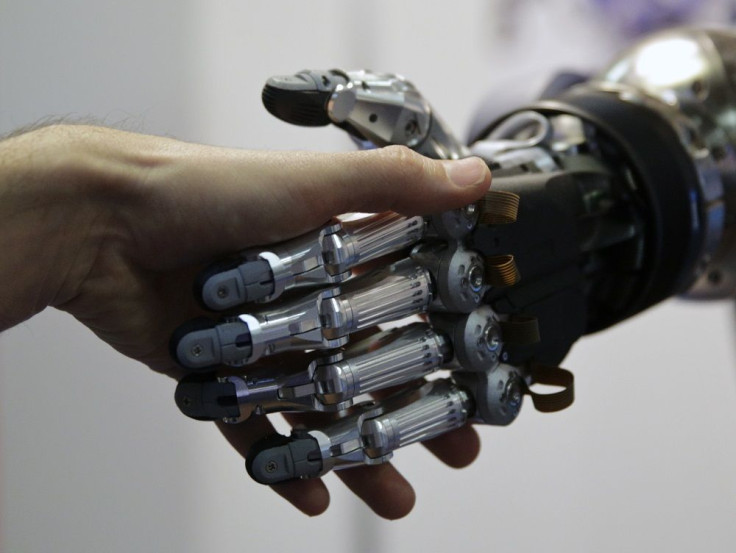After Bionic Eye In The US, Scientists In Austria Fit On 3 Men Bionic Hands Controlled By Thoughts

The makers of the 1980s hit American TV series “The Six Million Dollar Man” must be extremely happy because two concepts introduced in the series recently became a reality – the bionic eye and the bionic hand.
After an American man was implanted a chip that allowed him to see light and the face of his wife again after 10 years, creating a bionic eye in the process, it was the turn of Austrian scientists to shine by making possible the bionic hands. The three men on whom they performed the first bionic reconstructions had injuries to their brachial plexus due to motor vehicle and climbing accidents, the Telegraph reports on Tuesday.
One of the three, 30-year-old Milorad Marinkovic, injured his right hand in a motorbike accident over 10 years ago.
The brachial plexus is a network of nerves that links the arm and shoulder to the spine and brain. Because of damage to that body part, the men couldn’t move their fingers, pick up things or hold objects,
The lower bionic arm that was fitted on them links directly to their nervous system and are controlled by their thoughts. But first, the men had to have their lower arms amputated and fitted with a robotic replacement that responds to electrical impulses the same way a real hand does when the muscles contact.
When the men’s brachial plexus were damaged, in effect it was an internal amputation since it separated their hands from neural control, explains Professor Oskar Aszmann, director of the Christian Doppler Laboratory for Restoration of Extremity Function at the Medical University of Vienna which pioneered the technique.
Current surgical procedure for such types of injuries are crude and often ineffective, resulting in poor hand function. But with the new technique that the Austrian scientists use, Aszmann said that they created and extracted new neural signals through nerve transfers, amplified by muscle transportation.
“These signals were then decoded and translated into solid mechatronic hand function,” said Aszmann, who said that if he saw those three men five to seven years ago, he would have told them there was nothing he could do for them, UT San Diego reports.
Before their hands were amputated, the three men spent about nine months of cognitive training to activate their muscles and use the electrical signals to control a virtual hand. After they got used to the virtual environment, they used a prosthetic hand attached to a device like a splint that is fixed to their non-functioning hand.
After the amputation, three months were spent waiting for the limbs to heal before the new prosthetic was fitted. Now, the three could perform everyday tasks such as pick a ball, pour water from a container, use a key, cut food with a knife and use both hands to unbutton a shirt.
The Austrian scientists published the research in The Lancet journal.
To contact the writer, email: v.hernandez@ibtimes.com.au





















